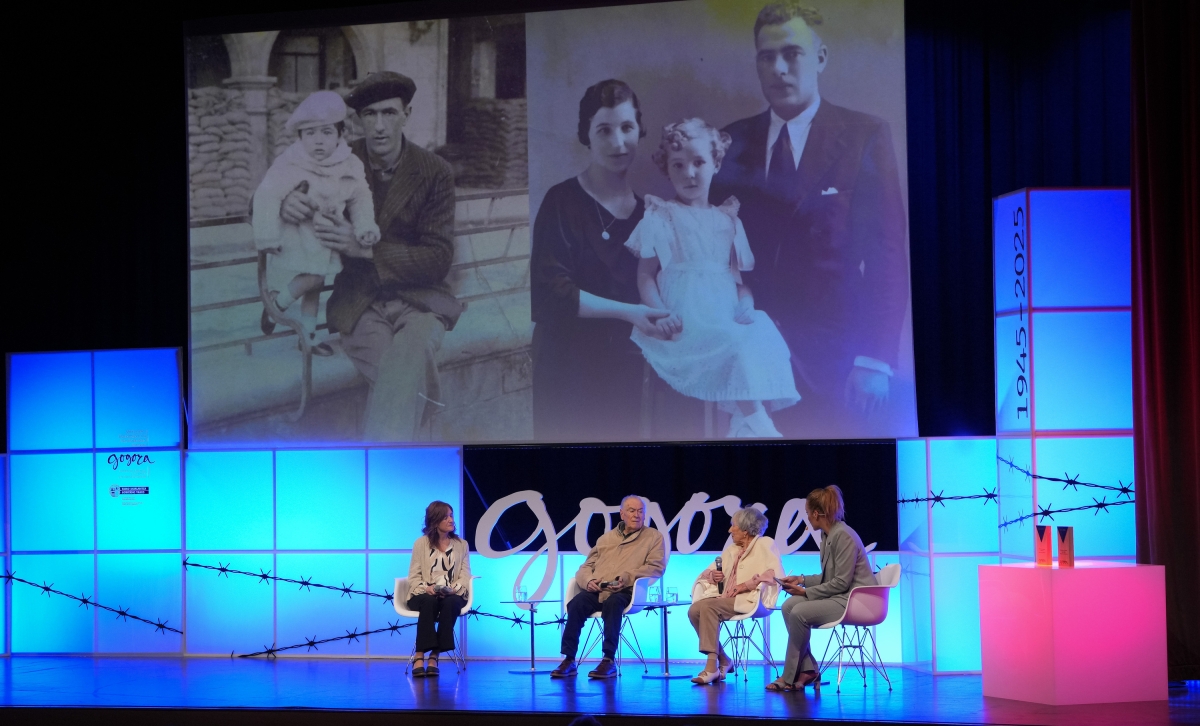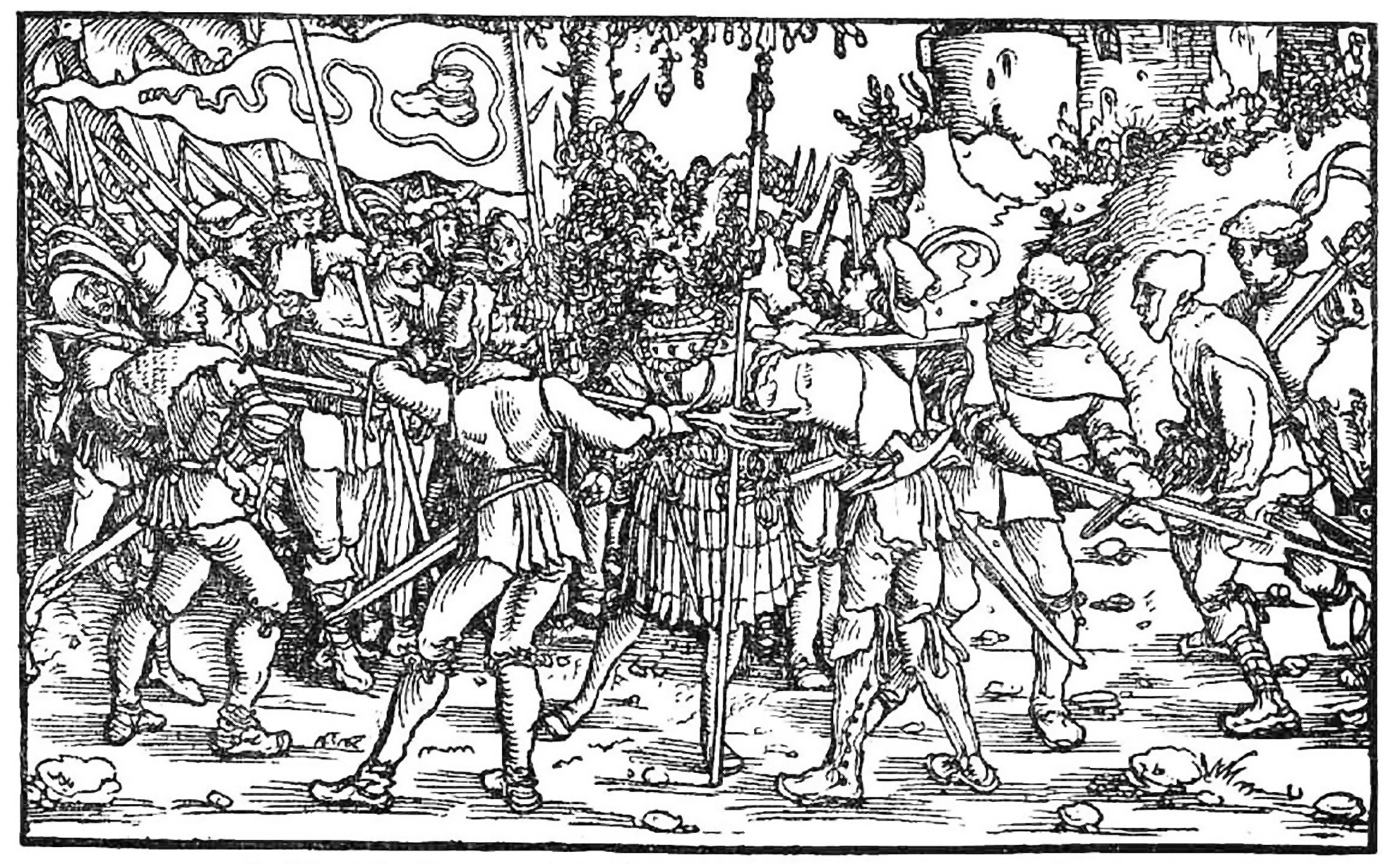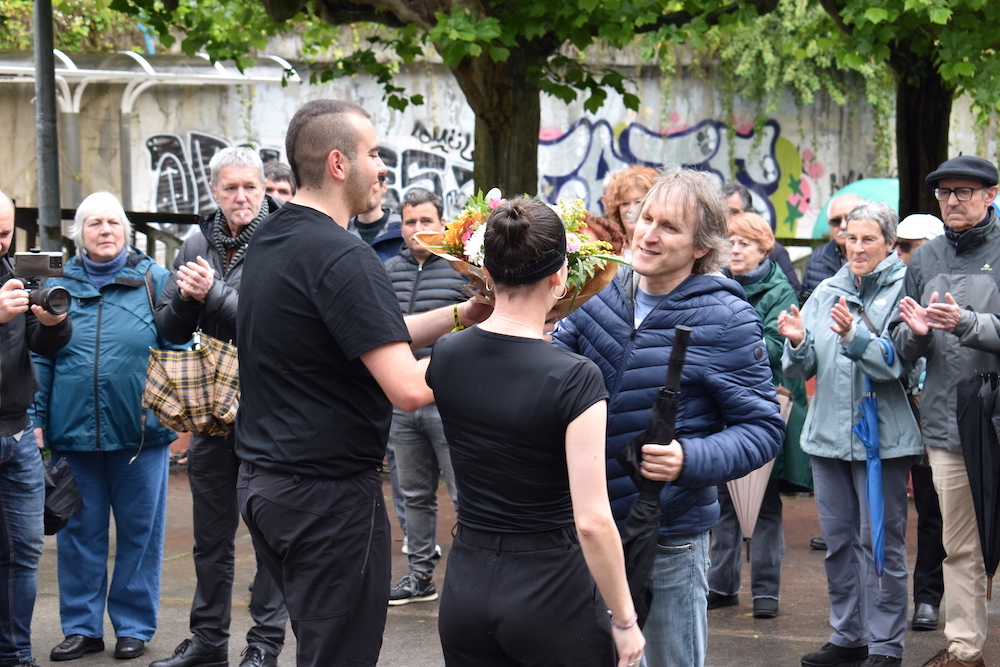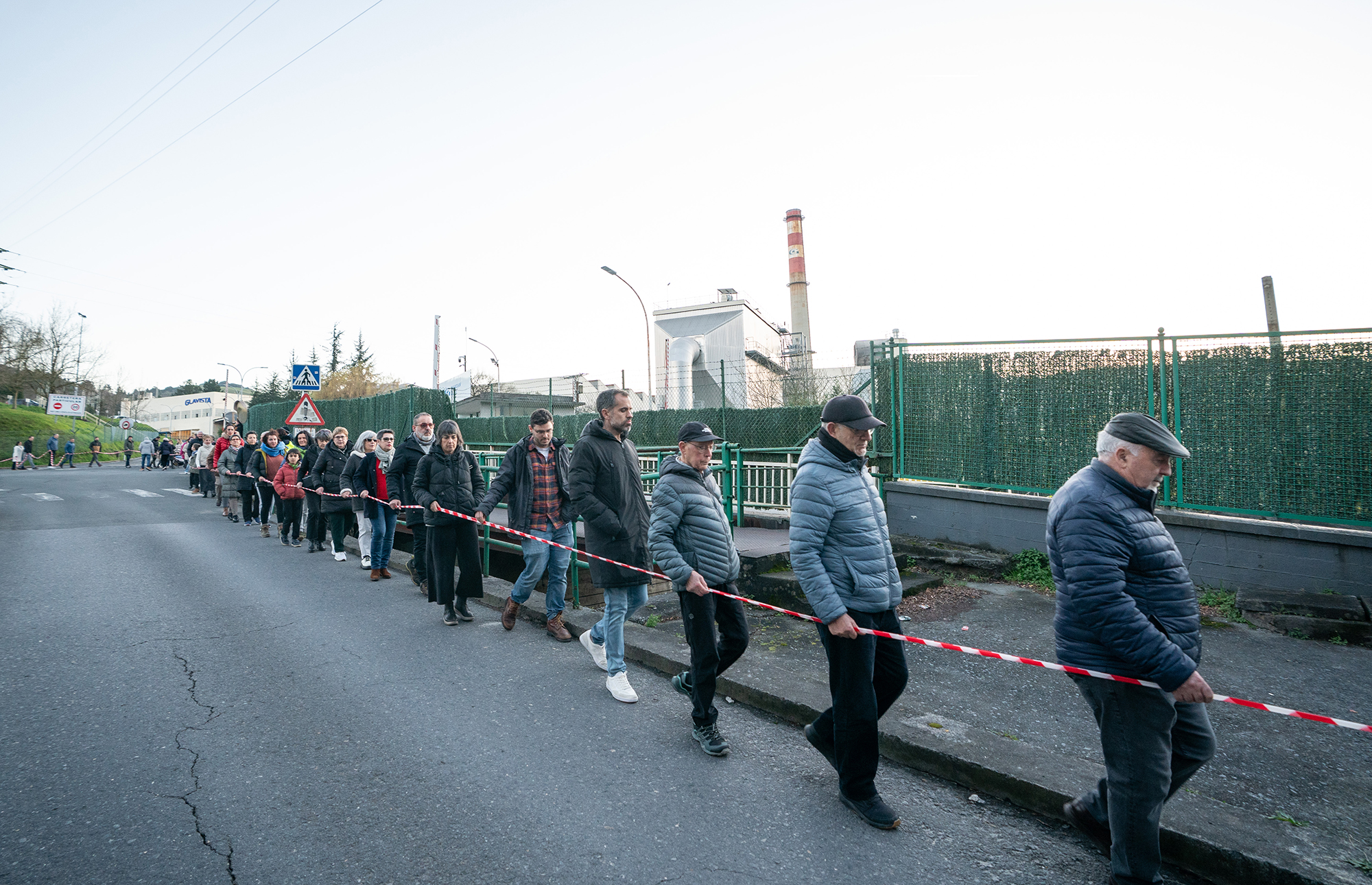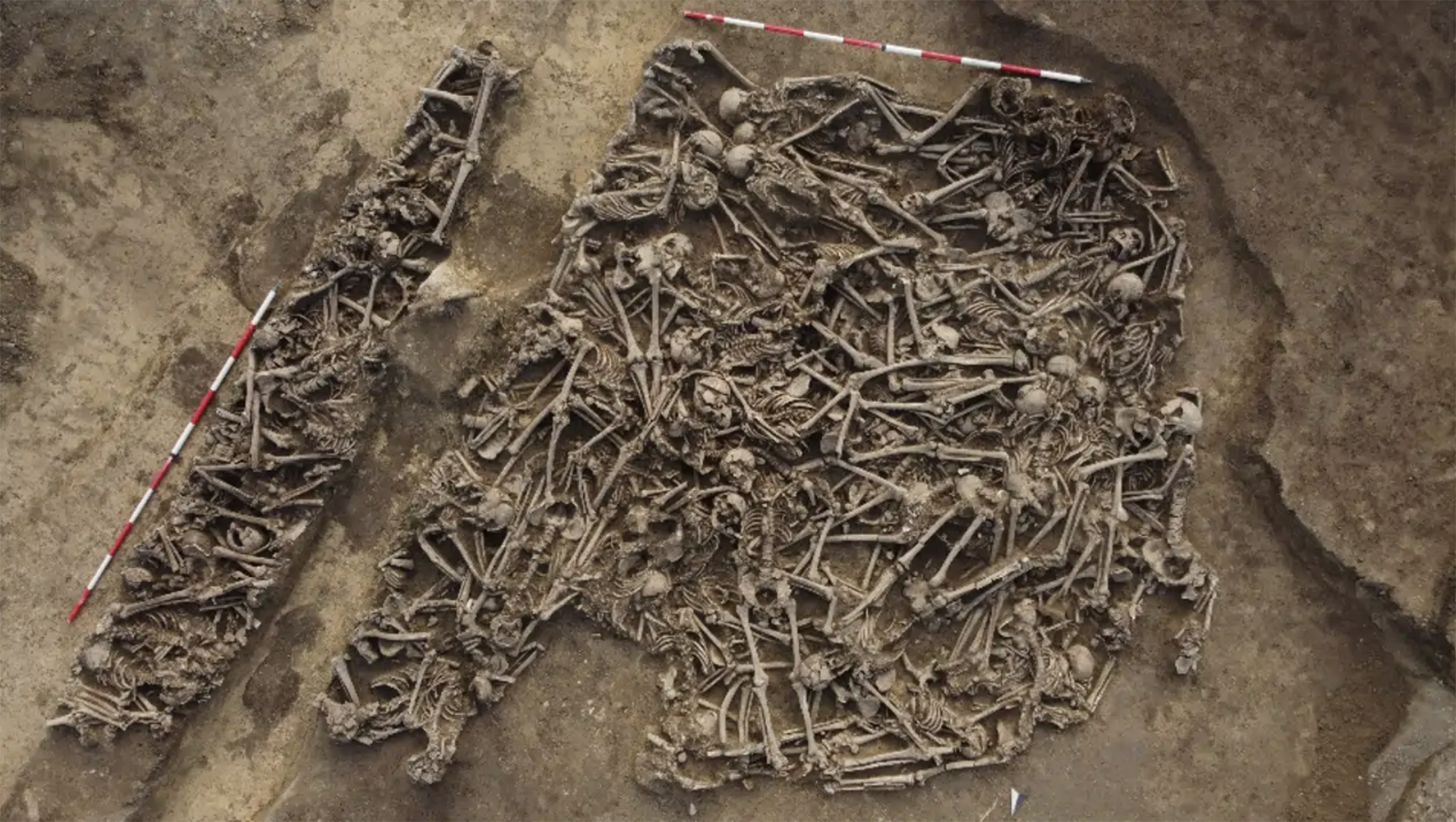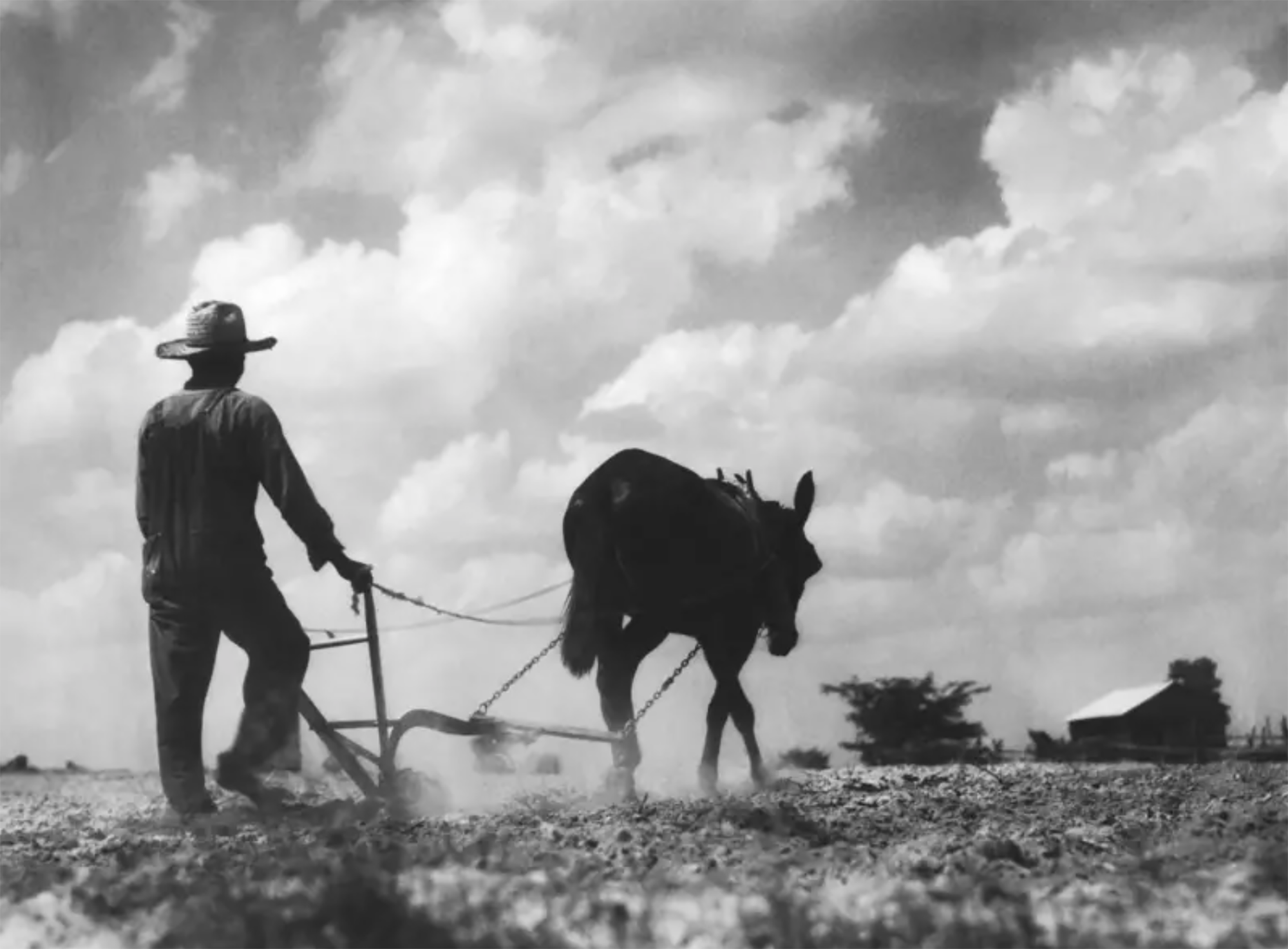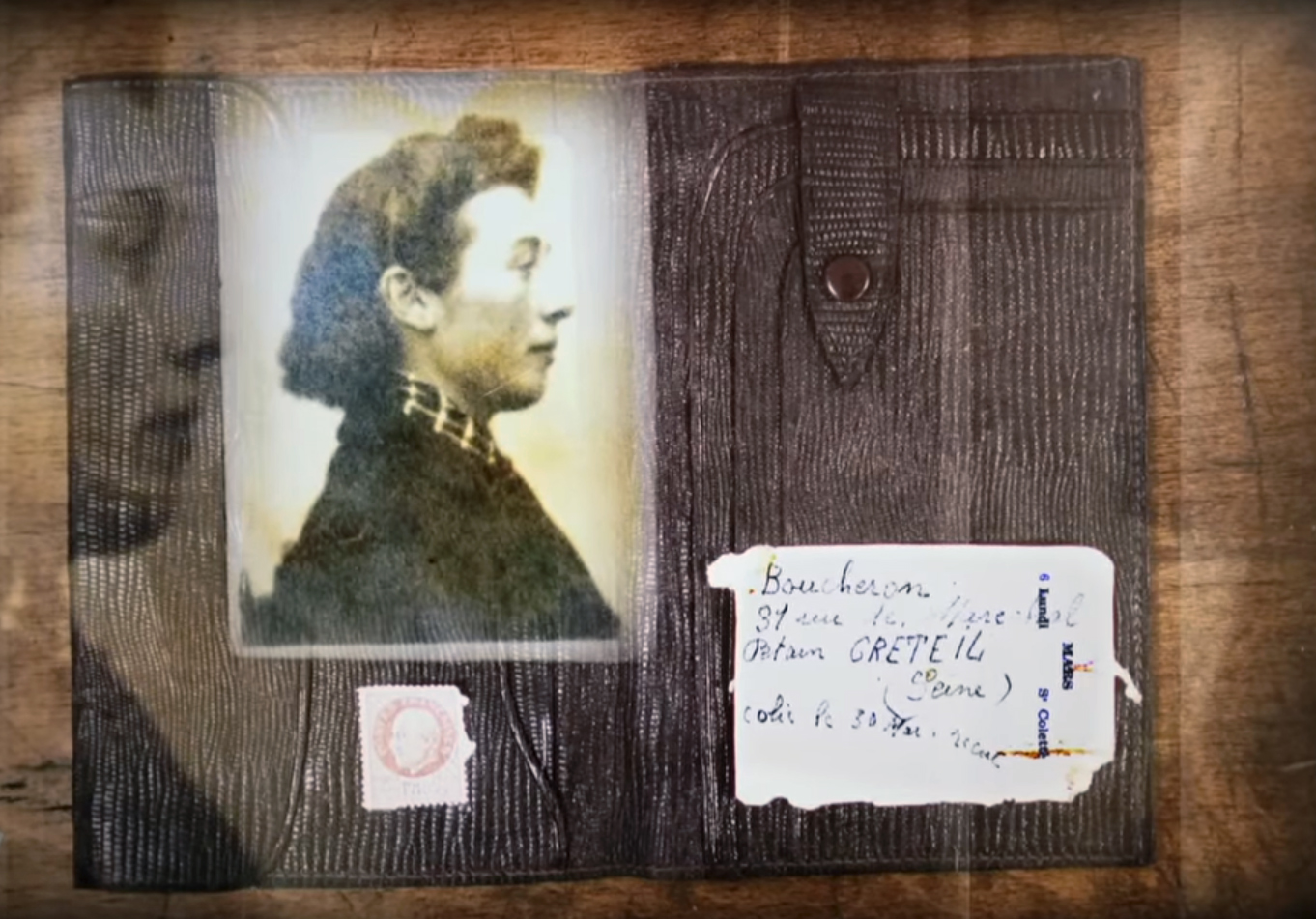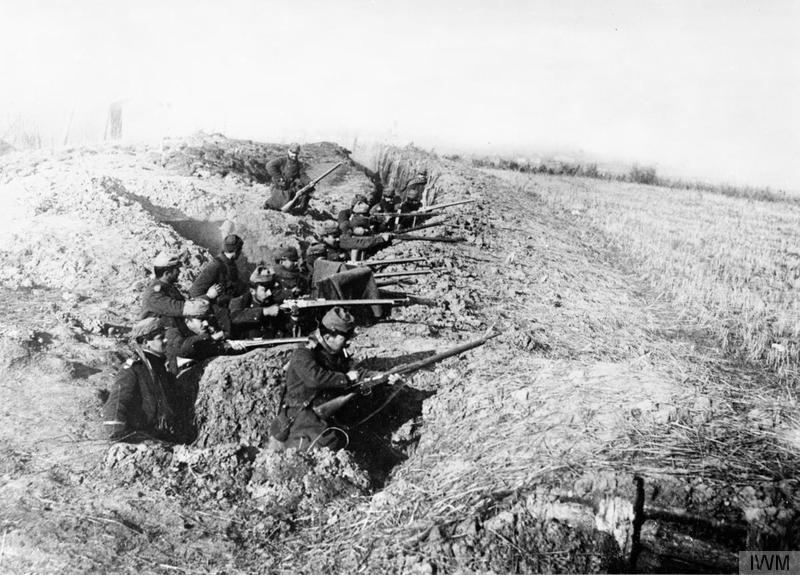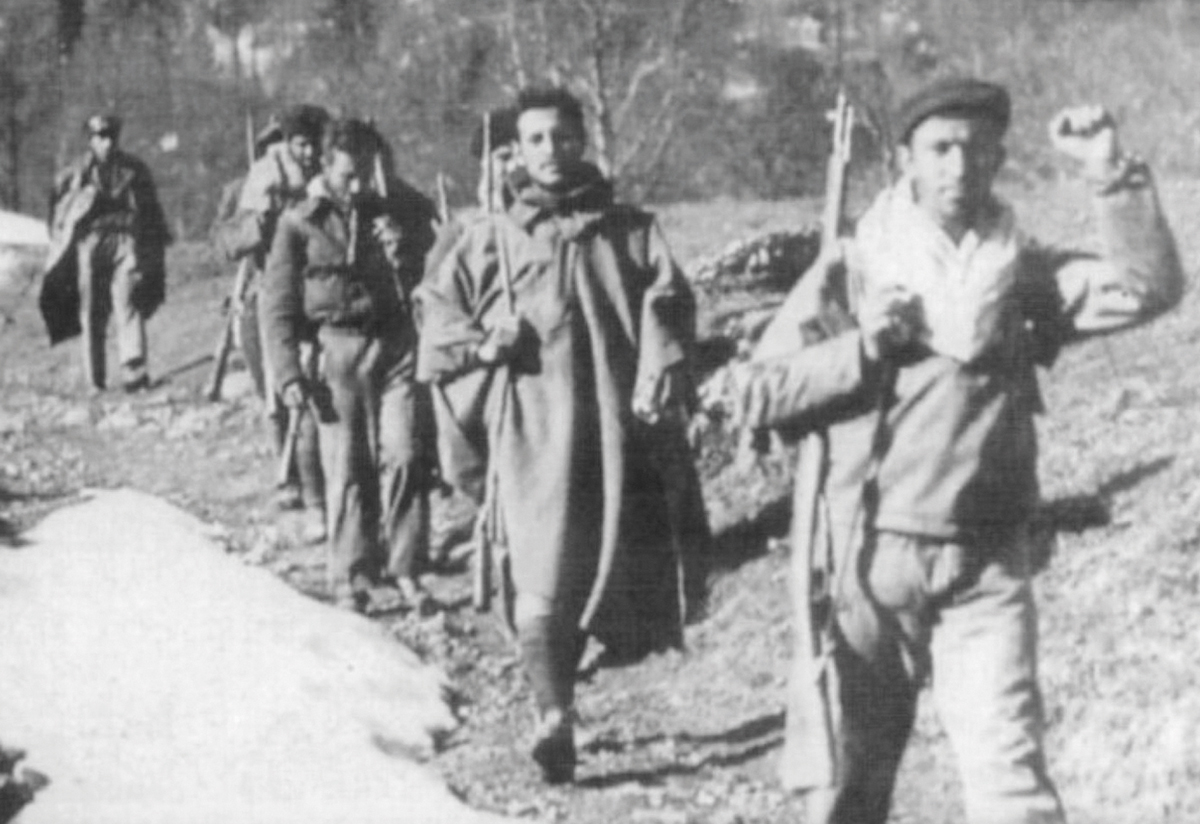The Little Speed Pavilion, which was a concentration camp in 1936, will be maintained in Irún
- At Irun Train Station, the Little Speed Pavilion at the back of the Customs Building will continue to stand as a witness to the terrible post-war seclusion system of 1936, as a result of the erasure of memorialist groups. The pavilion was used by the Francoists from 1936 to 1942 to classify and direct Republican fugitives returning from the Bidasoa border to other places, and is the only concentration camp in Gipuzkoa during the war.

The future of the Pequeña Velocidad pavilion in Irún was in doubt, as the Spanish government will build a passage there to connect the new Topo train station with the city of Irún. But as a result of an agreement signed with the Basque Government, the project will be remodeled to maintain this historical heritage used as a concentration camp during the 1936 War.
On Tuesday, the Spanish Council of Ministers gave the green light to the agreement, with a total cost of 7.7 million euros for the construction of the crossing, 800,000 euros more than originally planned, which will be financed by the City Council of Irun, Adif and the Basque Government.
The memorialist groups consider it a victory to change the project of the passage and not to demolish the pavilion: “We have received the news with optimism and memory,” explains Kepa-Ordoki - Memoria Histórica Bidasoan. The project was first known in 2018 because it was included in the Via Irun project, and since then they have been fighting for seven years.
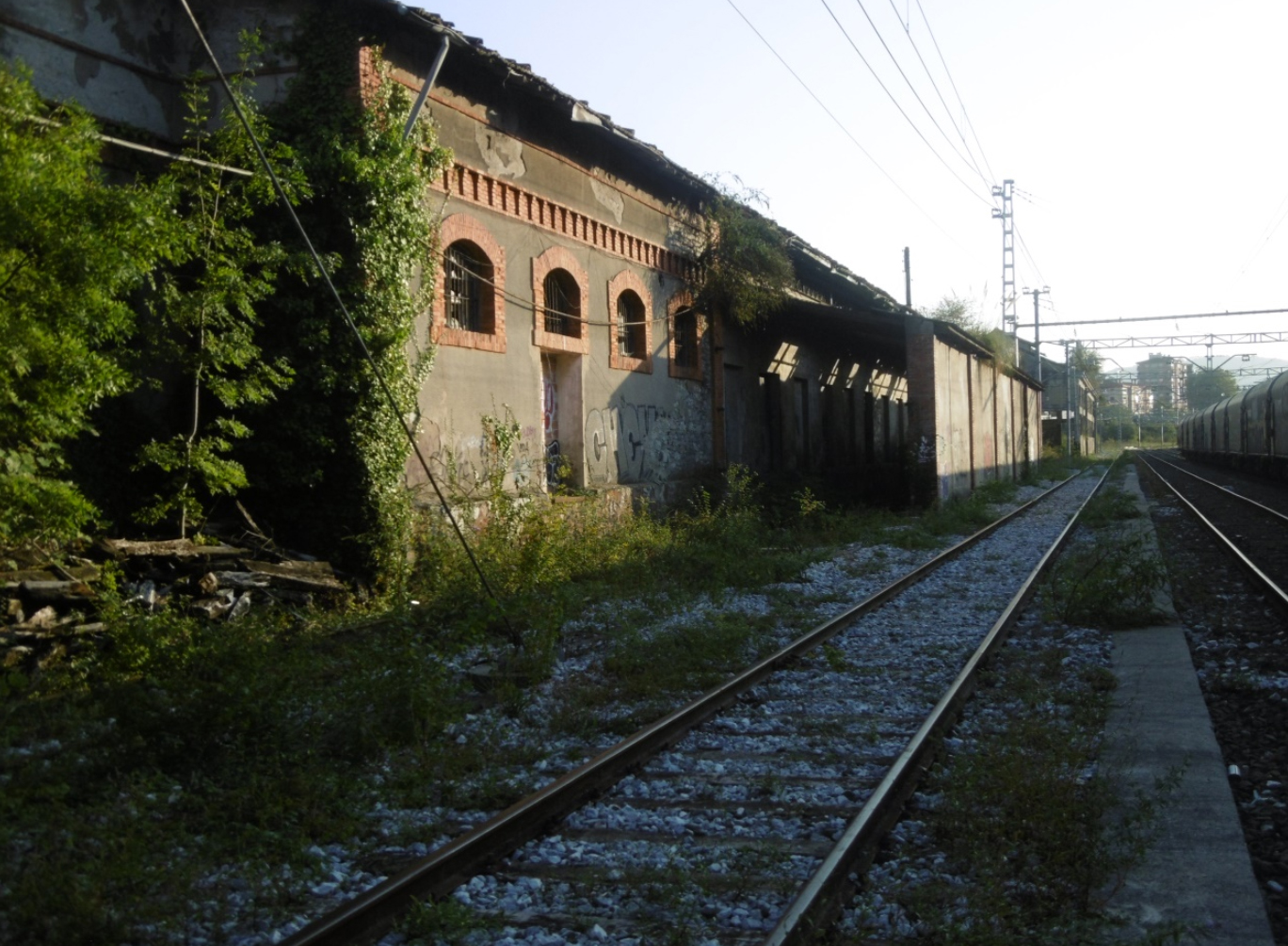
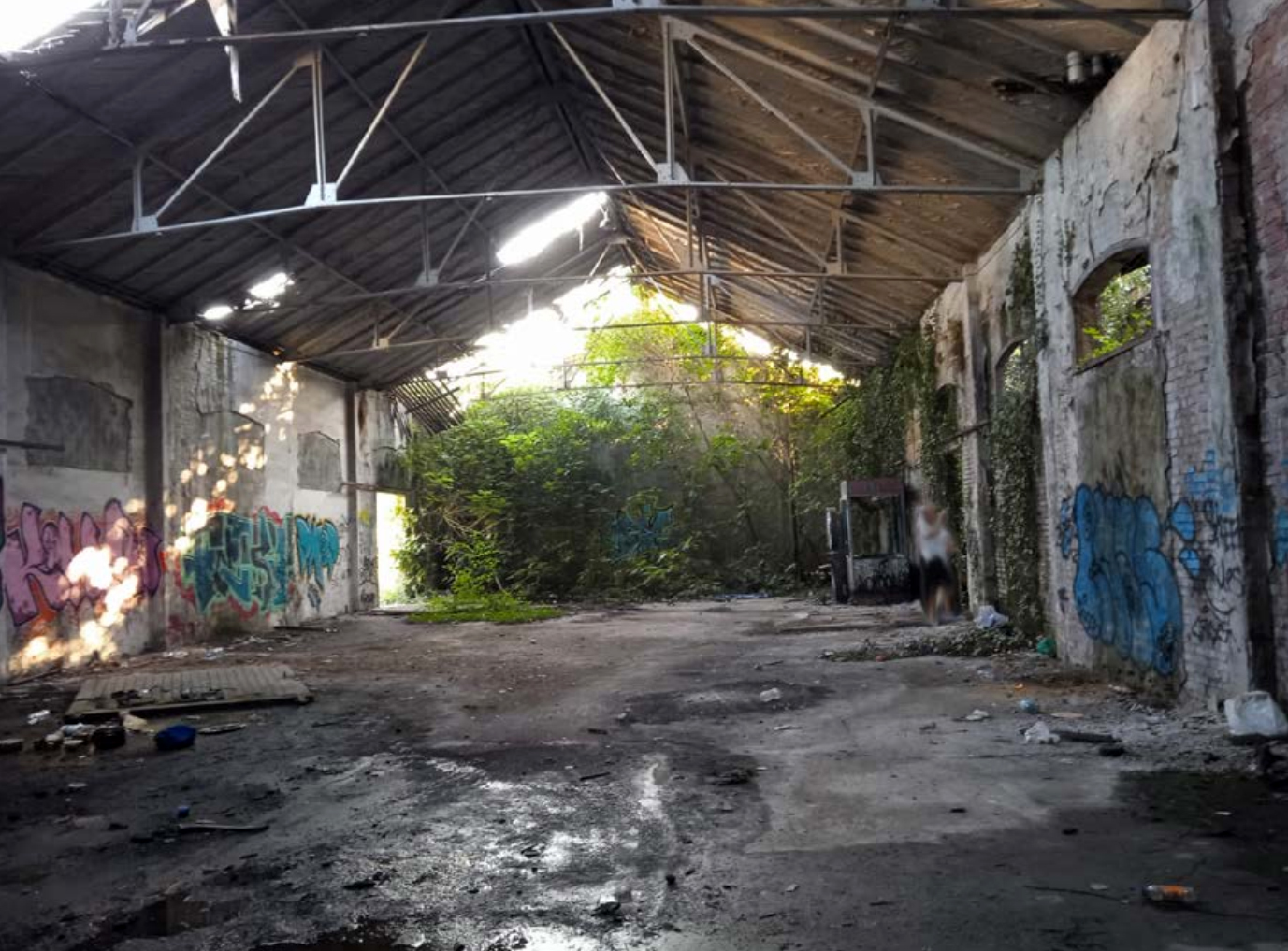
In this way, in 2022 this association proclaimed that “maintaining the precinct is to maintain the dignity of the thousands of prisoners who have passed through it”, demanded that the pavilion be declared a “center of democratic memory” and also promoted the motion in the City Council of Irún, together with the association Republicans of Irún Nicolás Guerendiain, for a one year moratorium. But the city council approved a new motion that only required the maintenance of “some representative element” of the building.
The association Kepa Ordoki – Memoria Histórica Bidasoan explained in a statement that recently the City Council of Irún told them that two thirds of the building would be maintained; now they have just learned that the project will finally leave intact.
"It has been a matter of wills," explains Peli Lekona, of this association, to Koldo Nausia on Radio Anchovy. According to him, all the buildings in the railway area that were "very clean" during the time when José Antonio Santana was mayor of Irún would be demolished; but this time he says that "memory has prevailed over urbanism".
Irun, a large concentration camp at the border
The decision is not insignificant, since Irún was an important piece of the monstrous Francoist landscape of the concentration camps, being next to the border, because it was strategic at the beginning of the chain of repression that the Republican fugitives would suffer. In concentration camps throughout the Spanish state, at least 700,000 people were held captive or enslaved in labor battalions, many of whom first passed through Irun.
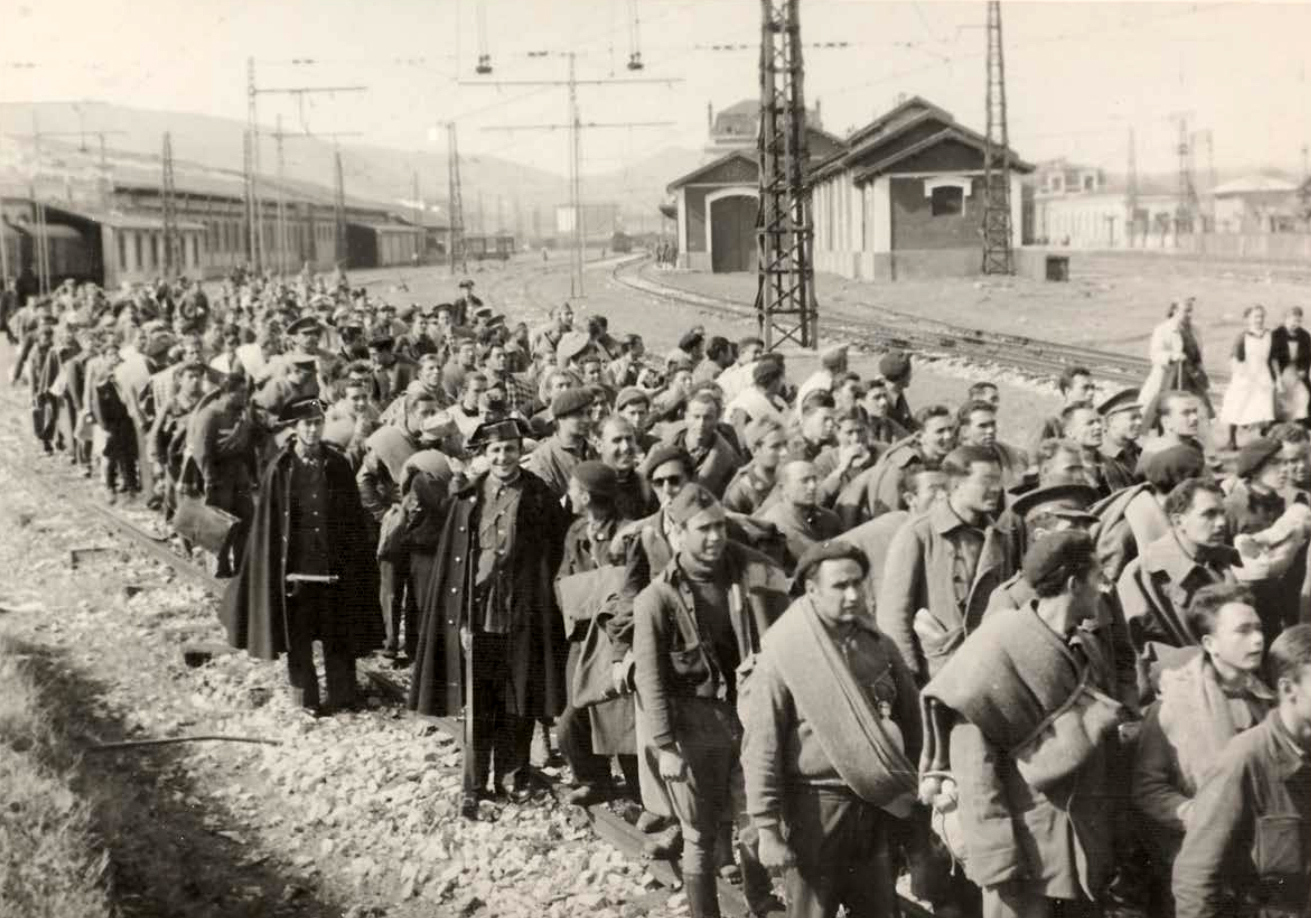
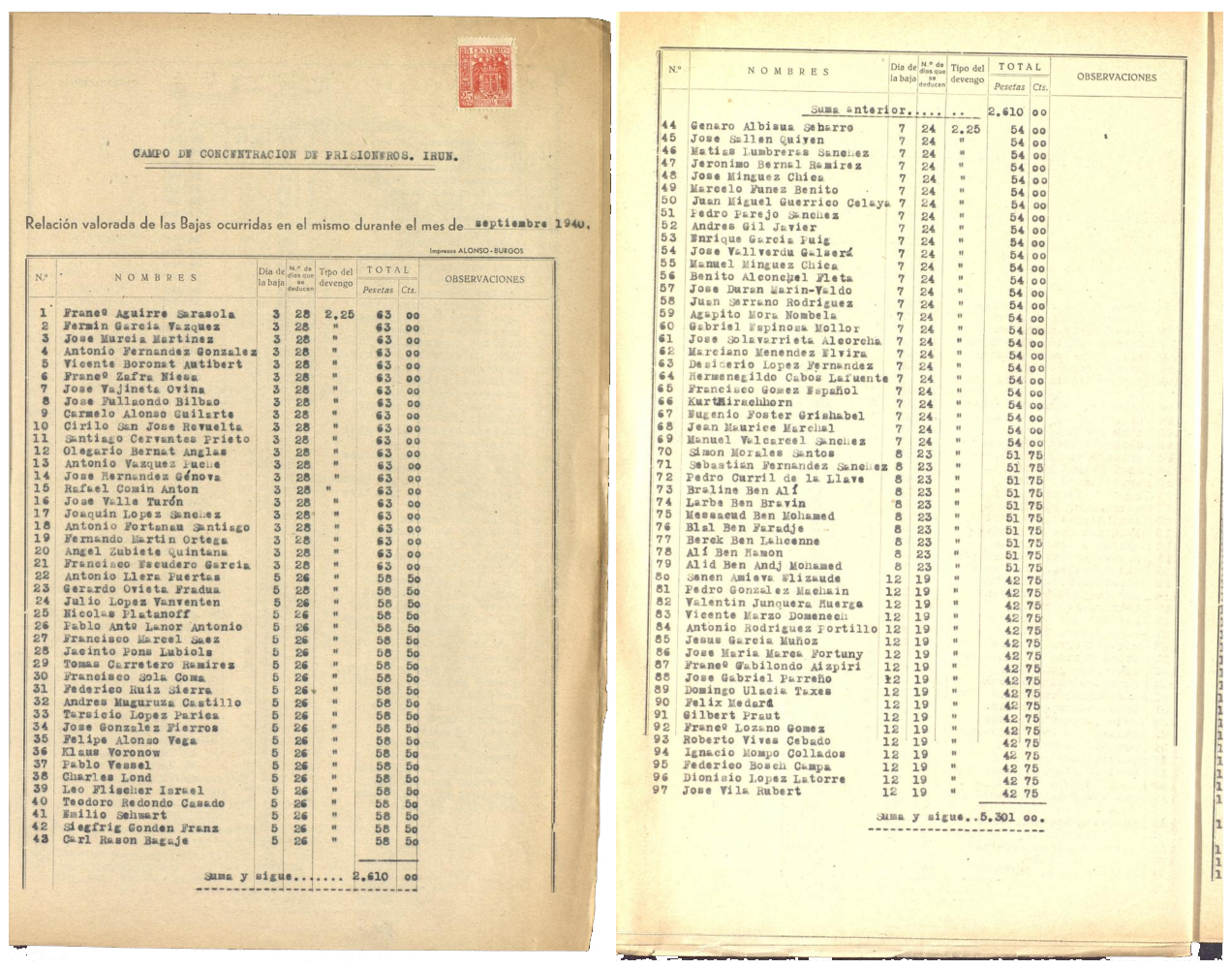
Pequeña Velocidad was one of the pavilions that had been built in the back of the Customs House of Irún since 1882. In the railway system of the time there were “high” and “low” speed trains, hence its name.
During the War of 1936, Republicans were also imprisoned in more places of Irún’s adhesion, such as the Real Unión football stadium Gal, the Irún prison, the António chocolate factory, the Behobia or the Hilaturas Ferroviarias factory, where women and children were listened to. But while all these sites were closing, they continued to use the Little Speed concentration camp until 1942.
The historian Ascension Badiola, in his thesis on concentration camps, says that Pequeña Velocidad de Irún was the only one in Gipuzkoa within the network of long-term concentration camps in Spain; similar ones were also deployed in the bullfighting squares of Tolosa and San Sebastián in 1939, but once and for a short time.
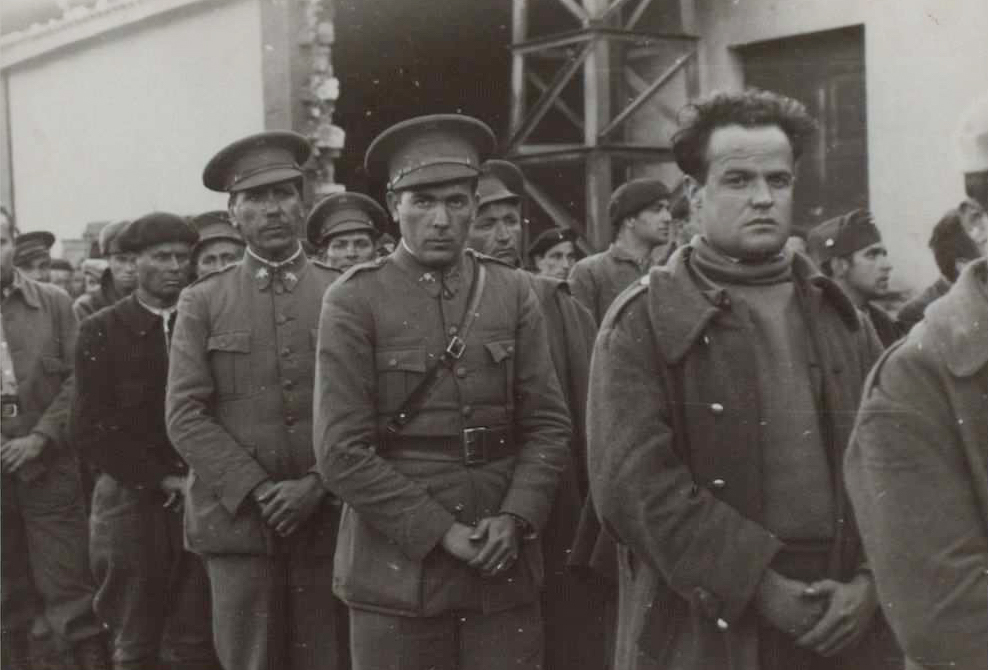
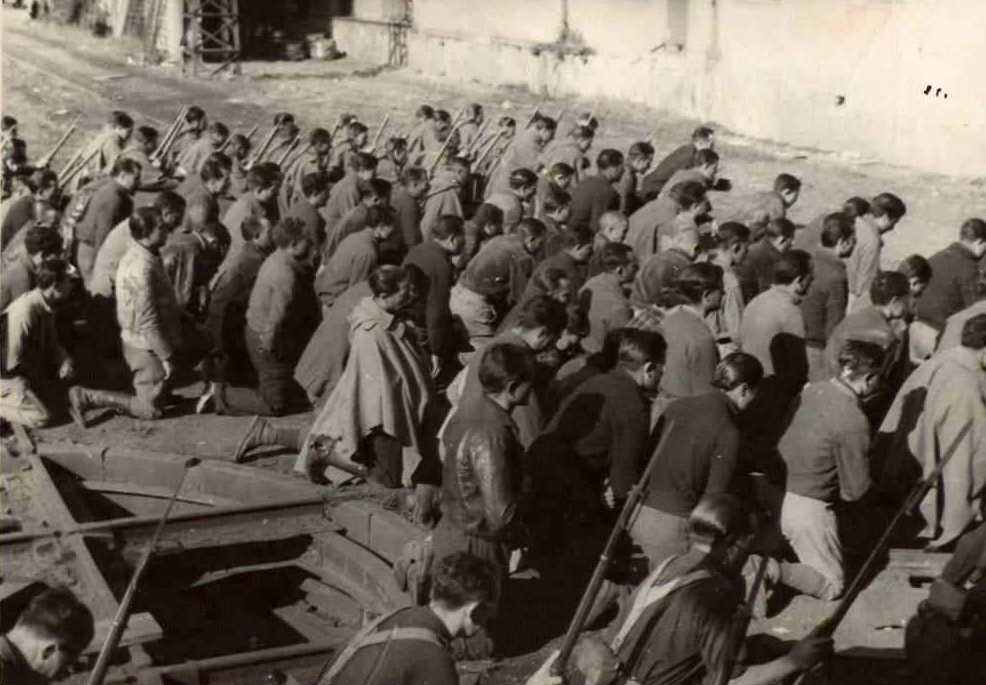
“Not where to lie in the ego”
A report by Nicolas Guerendiain includes several testimonies that have passed through this field. For example, the writer and scholar José María Etxaburu Kamiñazpi visited this pavilion, and this is what he says in his book My Four Year Wanderers: “After humming down, I went to the Little Speed warehouse at the station. Every man who passed through France was led to a place. (...) Many people in the ego in the warehouse. Jacob, I did not lie down; and sometimes I lay down on the subject of a bulto."
The report also includes other documents: “[I] spent most of my money on food because I was hungry for ten months,” says Tomás Valetín Ramos in a letter from Irundi to his family. He is only 20 years old and has previously been held in the Gurs concentration camp for six months. Without the possibility of emigrating to Mexico, in July 1939 he crossed the border and decided to surrender to the Francoists.

When World War II began, with the North Basque Country and all of France in Nazi hands, there were many exiles who had no choice but to return to Francoist Spain. In Irún they were subjected to a first “sieving” in the Pequeña Velocidad pavilion, from where they were piled on the train to be transferred to other concentration camps, such as Miranda de Ebro, one of the largest in the Spanish State.
Numerous photographs of the Little Speed concentration camp are preserved, with images of people locked up. According to Nicolas Guerendiain, their memory is at stake: “They saw the same walls, the humiliations they endured, the steps they took, the looks of those who lost everything, and those forced to say goodbye with their arms raised. This altar of sacrifice alive in images is our historical legacy, and no one has the right to demolish it.”
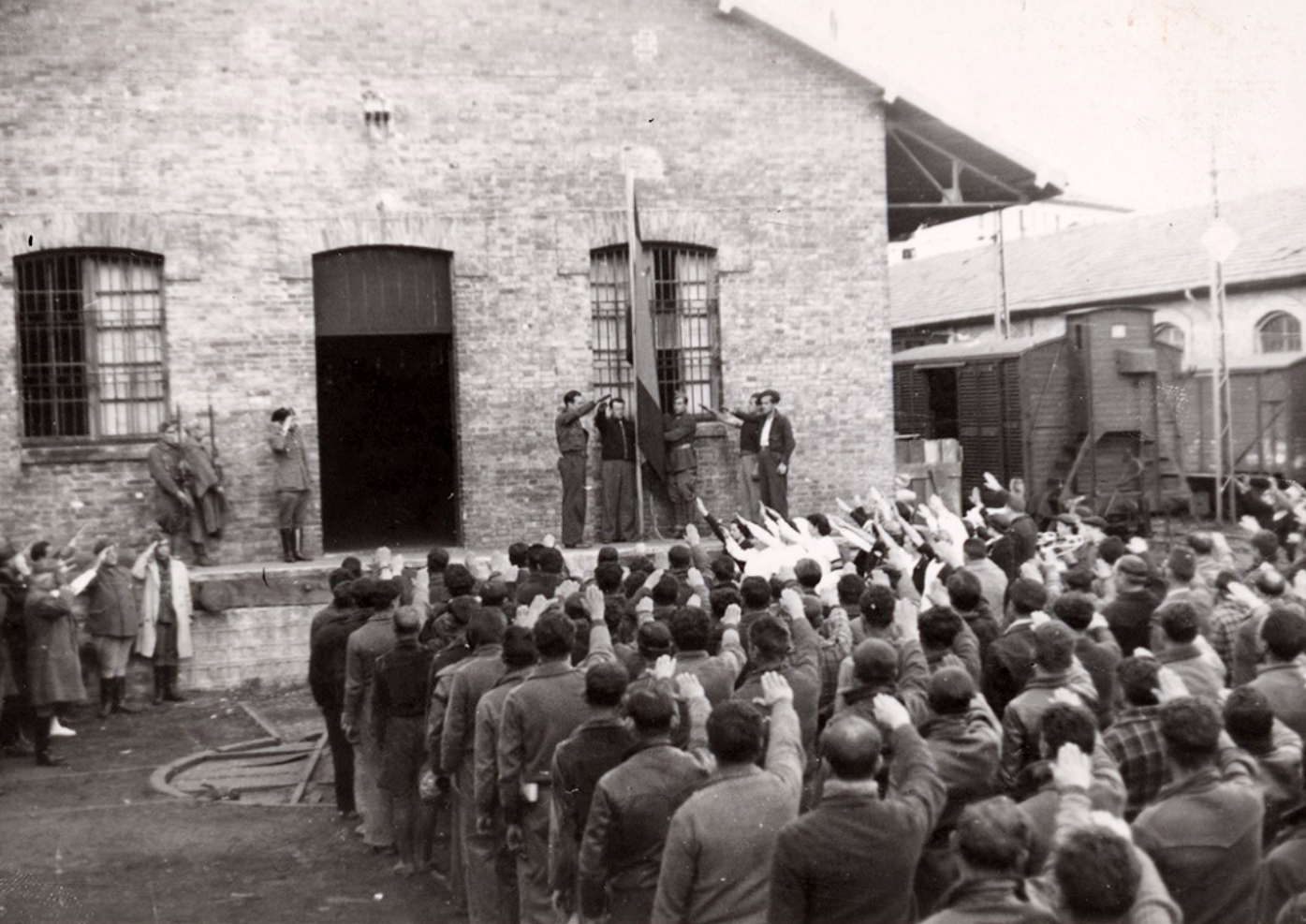
What from now on?
Peli Lekona, from Kepa Ordoki - Memoria Histórica Bidasoan, explains to Radio Anchovy that the next step is to refurbish the building and declare it a Place of Democratic Memory "as soon as possible".
Since it has not been used since the closure of the customs office, the pavilion is in very poor condition and needs consolidation work; its objective is to establish an interpretation centre in the future: "Irún was the most important of the four Franco concentration camps and the only one that stands, it is not a matter of history of Irún, it needs state support," says Lekona.
Rudolf Botha hizkuntzalari hegoafrikarrak hipotesi bat bota berri du Homo erectus-i buruz: espezieak ahozko komunikazio moduren bat garatu zuen duela milioi bat urte baino gehiago. Homo sapiens-a da, dakigunez, hitz egiteko gai den espezie bakarra eta, beraz, hortik... [+]
Böblingen, Holy Roman Empire, 12 May 1525. Georg Truchsess von Waldburg overthrew the Württemberg insurgent peasants. Three days later, on 15 May, Philip of Hesse and the Duke of Saxony joined forces to crush the Thuringian rebels in Frankenhausen, killing some 5,000 peasants... [+]
During the renovation of a sports field in the Simmering district of Vienna, a mass grave with 150 bodies was discovered in October 2024. They conclude that they were Roman legionnaires and A.D. They died around 100 years ago. Or rather, they were killed.
The bodies were buried... [+]
Washington, D.C., June 17, 1930. The U.S. Congress passed the Tariff Act. It is also known as the Smoot-Hawley Act because it was promoted by Senator Reed Smoot and Representative Willis Hawley.
The law raised import tax limits for about 900 products by 40% to 60% in order to... [+]
My mother always says: “I never understood why World War I happened. It doesn't make any sense to him. He does not understand why the old European powers were involved in such barbarism and does not get into his head how they were persuaded to kill these young men from Europe,... [+]
Until now we have believed that those in charge of copying books during the Middle Ages and before the printing press was opened were men, specifically monks of monasteries.
But a group of researchers from the University of Bergen, Norway, concludes that women also worked as... [+]
Florentzia, 1886. Carlo Collodi Le avventure de Pinocchio eleberri ezagunaren egileak zera idatzi zuen pizzari buruz: “Labean txigortutako ogi orea, gainean eskura dagoen edozer gauzaz egindako saltsa duena”. Pizza hark “zikinkeria konplexu tankera” zuela... [+]








